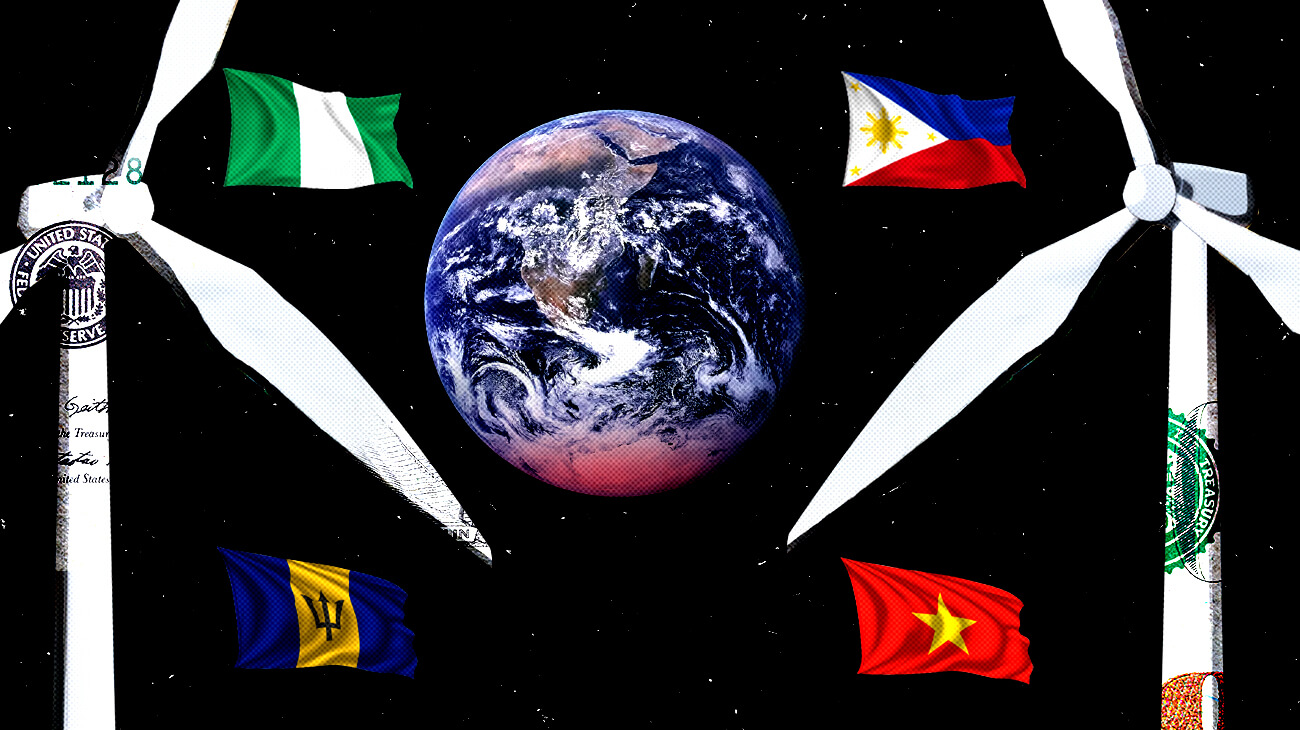How to unlock clean tech for the developing world
Latest News
SHARM EL-SHEIKH, Egypt—A half day’s drive from this resort town where thousands are gathered at an annual climate gathering, one of the world’s biggest solar farms stands as a rare example of how clean energy can be financed and built in a developing country, a top Egyptian official said this week.
Benban Solar Park is a sprawling, privately-owned complex of more than 41 solar power plants spread over an area about half the size of Manhattan near Aswan, Egypt. It was funded through public and private finance streams, deals with 30 developers and loans from the European Bank for Reconstruction and Development. The plant came online in 2019.
“Renewables are luckier than other aspects of climate needs because there is an efficient, effective, workable, tried business model for the private sector,” said Egyptian ambassador Wael Aboulmagd at a briefing on Monday at the conference, known as COP27 and organized by the United Nations.
It may be less luck and more experience. Over decades, the wind and solar industries have gone through cost reductions and business model evolutions to become the world’s fastest growing energy sources.
Aboulmagd, who is also special advisor to the COP27 presidency, cited the solar park as an example of success when asked by Cipher about the challenges of bringing clean energy technologies to the developing world.
Despite the apparent success of Benban, renewables remain much costlier to build in developing countries. What’s more, all clean energy technologies, ranging from renewable hydrogen to long-duration energy storage, need to be as cost-effective and easy to finance as wind and solar—all over the world.
Solutions discussed at COP27 include different sizes and structures for public-private partnerships and reforming international financial institutions, usually with an eye to minimizing risk for private investors. Local policies and regulations in developing nations also need to create an investment-friendly environment.
A report from the Independent High-Level Expert Group on Climate Finance launched at COP27 outlines existing examples of partnerships between businesses, governments and foreign investors intended to scale up private capital and other solutions that reduce capital costs.
Private investments will be crucial to boosting clean energy development around the world. But Aboulmagd conceded private capital is not “always easy or always readily available.”
The private sector could “definitely be encouraged to do much more, but sometimes people talk about how much the private sector could do as if it would have a magic wand,” Jonathan Walters, energy and climate economist and former World Bank director, told Cipher. “The private sector will invest where they see risks being sufficiently mitigated.”
Led by the United States climate envoy John Kerry and Mia Mottley, and the prime minister of Barbados, calls are growing across both the developing and developed worlds to reform how multilateral development banks work.
On Tuesday, Kerry announced he wants to work with other countries to create a bank reform plan by April.
It’s important to look at the “international financial architecture to make sure it’s fit for the future,” Frans Timmermans, European Commission executive vice-president, also said Tuesday.
Reforms would allow institutions, such as the World Bank, to take on more risks with the projects they choose to support. This change would give investors needed guarantees and unlock more money for private capital projects, Walters said.
Tackling developing countries’ rising debt and offering more concessional, below market rate loans are other reforms under consideration.
In addition to changing how they invest, multilateral institutions also need more cash coming in, something World Bank leaders called for during COP27.
“Developed countries cannot keep avoiding the questions of contributing more money towards multilateral development banks,” said Walters. “The world is going into a deeper and deeper global economic crisis; the demand for what these banks can offer will increase as a result of that.”
Other potential solutions are “just energy transition partnerships,” like the $8.5 billion deal South Africa struck with the United Kingdom, the U.S., France and Germany to shift away from coal. The International Energy Agency said such partnerships have “immense value” drawing in more investors.
On Tuesday, Indonesia announced a $20 billion dollar deal with the G7 countries and other internal partners, based on the South African model, meant to help the country shut coal power plants and ensure its emissions peak by 2030.
Similar multi-billion-dollar offers are being negotiated with Vietnam and India.
The U.S. promoted another possible solution at COP27: carbon offsets. The plan would raise cash for renewable energy projects or other climate initiatives in developing countries by selling carbon credits to companies wishing to offset their polluting emissions. Representatives from other countries had mixed reactions, with critics worrying the scheme removes incentives to tangibly reduce emissions.
Within developing countries, having the right policies in place that offer investors predictability is important, Tariye Gbadegesin, managing director and CEO of ARM-Harith Infrastructure Fund said during a COP27 side event.
A country’s regulatory framework also needs to encourage the scale-up of clean technologies, she said, to ensure a successful project doesn’t become a one-off.